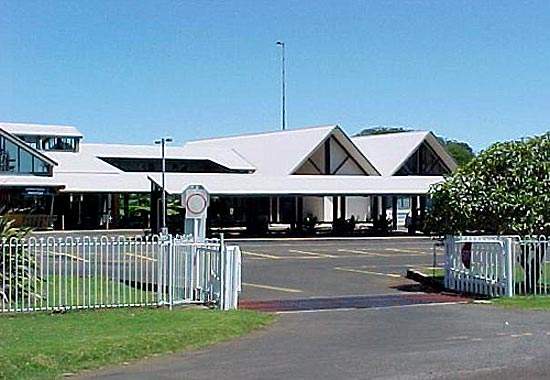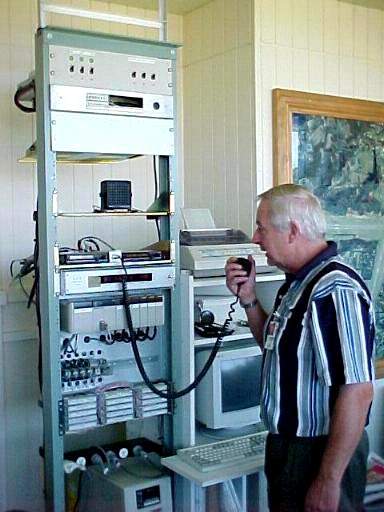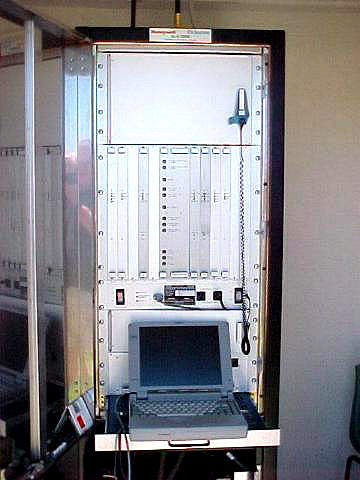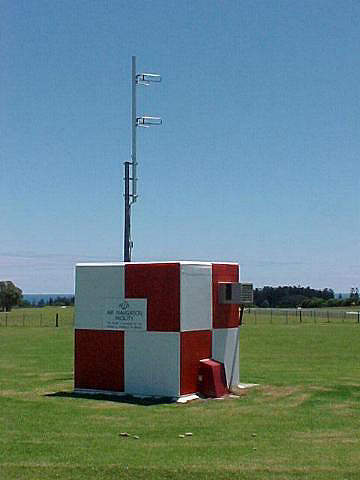The Norfolk Island project involves the installation of a new landing system at this small Australian territory in the South Pacific. The airport is situated about 1.6km from the main township, Burnt Pine, approximately 1,500km from Brisbane. The island has its own legislative assembly, and a population of about 1,850.
NEW LANDING SYSTEM
The new system at Norfolk Island is expected to reduce weather-related delays and thus reduce the island’s isolation. This has much wider implications for Norfolk Island’s economy, which will be significantly boosted. Air flight cancellations currently have a severe impact on the island’s tourism industry, which is one of the area’s economic mainstays. By making it easier to land in adverse weather conditions, the new landing system will increase the levels of traffic into the aerodrome.
CONTRACTORS
The contracts to supply the new system were signed on 14 October 1998 in the capital of Norfolk Island, Kingston, and the new systems were fully operational by August 1999. The Honeywell/Pelorus SLS 2000 landing system, a GPS type (or GLS GPS landing system), provides precise guidance for incoming aircraft. Honeywell was contracted to provide the ground station.
Honeywell was also contracted to install avionics related to the new landing system in Flight West Airlines aeroplanes so that they could use it when making flights to the island from Australia. Flight West Airlines uses Fokker 100 and Fokker F-28 aeroplanes, and the whole fleet required modification with the introduction of anti-collision systems. Flight West is responsible for flights to and from Australia although another operator offers more localised flights to other parts of the Pacific such as Lord Howe island. Air New Zealand offers flights to Christchurch in New Zealand.
ADVANTAGES
The landing system was jointly developed by Honeywell and Pelorus Navigation Systems, both North American companies. Both companies hope that the Norfolk Island installation will act as a showcase for the new landing system in the Pacific area. They also claim that the new system has significant cost advantages over instrument landing systems.
FAA APPROVAL
The new landing system has approval from the US Federal Aviation Administration (FAA) and has already been installed at airports in the USA. The new system will not only improve air safety but will also reduce congestion problems at airports. The Norfolk Island system was also certified by the Civil Aviation Safety Authority (CASA), which is Australia’s regulatory agency in this area.
Norfolk Island Airport has the first international certification of a public-use local area augmentation system (LAAS) from the FAA. These have previously only come into force in the USA.







